Cell death in porpoises caused by environmental pollutants
Cells isolated from a stranded dead porpoise predict the threat of pollutants to the porpoise population in the wild.
Environmental pollutants threaten the health of marine mammals. This study established a novel cell-based assay using the fibroblasts of a finless porpoise stranded along the coast of the Seto Inland Sea, Japan, to better understand the cytotoxicity and the impacts of environmental pollutants on the porpoise population. The results revealed that the concentrations of PCBs and DDTs which accumulated in the porpoise are likely to have an adverse effect at the cellular level.
A recent study just published in Environmental Science & Technology identified the toxicological risks of environmental pollutants to finless porpoises (Neophocaena asiaeorientalis). Man-made chemicals synthesized for human activities threaten the health of marine mammals. These chemicals, including persistent organic pollutants (POPs), have long been known to accumulate at high levels in many dolphin species. The POPs levels of finless porpoises inhabiting the Seto Inland Sea are higher than those of other cetacean species distributed in the waters near Japan, and the effects of toxicity have been a concern. Nevertheless, ecotoxicological studies of wild dolphins are difficult due to legal and ethical considerations, and information is lacking. Researchers in the Center for Marine Environmental Studies (CMES), Ehime University, together with collaborators, have successfully isolated the fibroblast cells from a finless porpoise stranded in the Seto Inland Sea, Japan revealing the toxicological risk of pollutants of concern in the local population.
Cell culture and exposure to pollutants
Fibroblasts of a finless porpoise were collected from a stranded individual. Seventeen chemicals including dioxin (2,3,7,8-tetrachlorodibenzo-p-dioxin, TCDD), industrial chemicals (polychlorinated biphenyls, PCBs), metabolites of PCBs (hydroxylated PCBs, OH-PCBs), frame retardants (polybrominated biphenyls, PBDEs), insecticides (dichlorodiphenyltrichloroethane and their metabolites, DDTs), and methylmercury were tested for their cellular toxicities.
Effects of pollutants on fibroblasts
Most pollutants induced cell death at higher concentrations, and dioxin-like compounds (TCDD and dioxin-like PCBs) were more toxic than the other chemicals tested. Toxic potencies of OH-PCBs and its precursor PCBs were different for each endpoint, and these compounds may contribute to cell damage by different mechanisms. Dose-dependent cell damage was also observed with DDTs, which accumulated in relatively high concentrations in many whale species. Among DDTs, p,p’-DDT was the most potent for the cytotoxicity, whereas p,p’-DDE notably affected the cell viability. Methylmercury also induced cellular necrosis at the highest test concentration (100 μM).
Risk assessment at the population level
To assess the risk of the porpoise population inhabiting the Seto Inland Sea, the research group estimated the EARs (exposure-activity ratios). EAR is the emerging concept of finding high-risk chemical substances by comparing the concentrations at which cytotoxicity was observed with the concentration of the chemicals in animal bodies. Collectively, PCBs and DDTs were shown to be at high risks and could cause cytotoxicity, apoptosis, and reduced cell viability in the porpoise population in the Seto Inland Sea.
This study successfully evaluated the risks of environmental pollutants using fibroblasts isolated from a dead porpoise. There is an urgent need to better and comprehensively understand the risks of pollutants not only in this species but also in other marine mammals, and it is important to implement measures to reduce the load of high-risk pollutants in the marine environment.
Reference URL: https://doi.org/10.1021/acs.est.9b07471
Bibliographic Information
In vitro cytotoxicity and risk assessments of environmental pollutants using fibroblasts of a stranded finless porpoise (Neophocaena asiaeorientalis), Mari Ochiai, Nozomi Kurihara, Masashi Hirano, Akifumi Nakata, and Hisato Iwata, Environmental Science &Technology, 54 (11), 6832-6841. doi: 10.1021/acs.est.9b07471, 2020 (April 27).
Fundings
- Grant-in-Aid for Young Scientists (18K18201) from the Japan Society for the Promotion of Science (JSPS)
- Grant-in-Aid for Scientific Research (S) (26220103) from the Japan Society for the Promotion of Science (JSPS)
- Grant-in-Aid for Scientific Research (A) (19H01150) from the Japan Society for the Promotion of Science (JSPS)
- the Grant for Environmental Research Projects by the Sumitomo Foundation (163341)
- Ministry of Education, Culture, Sports, Science and Technology, Japan (MEXT) to a project of the Joint Usage/Research Center, Leading Academia in Marine and Environmental Pollution Research (LaMer).
Media
-

Cell death and risk assessment of finless porpoise fibroblasts by exposure to environmental pollutants.
Cell death and risk assessment of finless porpoise fibroblasts by exposure to environmental pollutants.
credit : Reprinted with permission from Environmental Science & Technology. © 2020 American Chemical Society
Usage Restriction : Please get copyright permission
Contact Person
Name : Mari Ochiai and Hisato Iwata
Phone : +81-(0)89-927-8172
E-mail : ochiai.mari.vb@ehime-u.ac.jp, iwata.hisato.mz@ehime-u.ac.jp
Affiliation : Center for Marine Environmental Studies (CMES)

